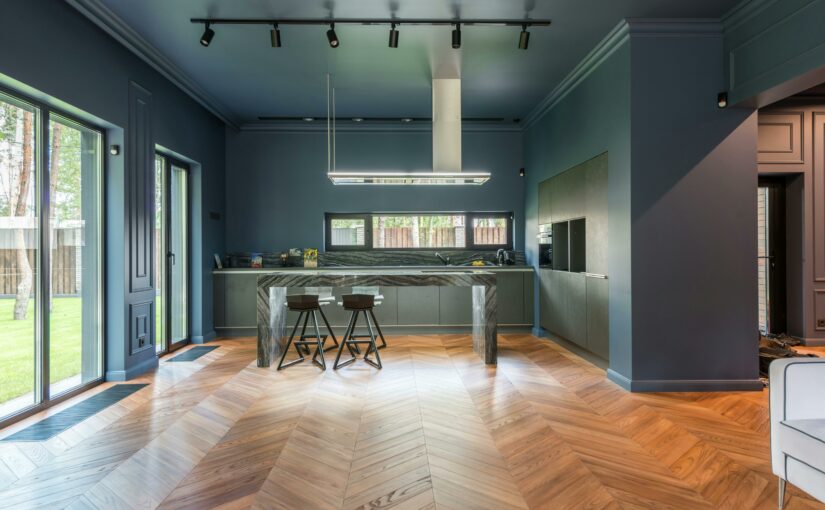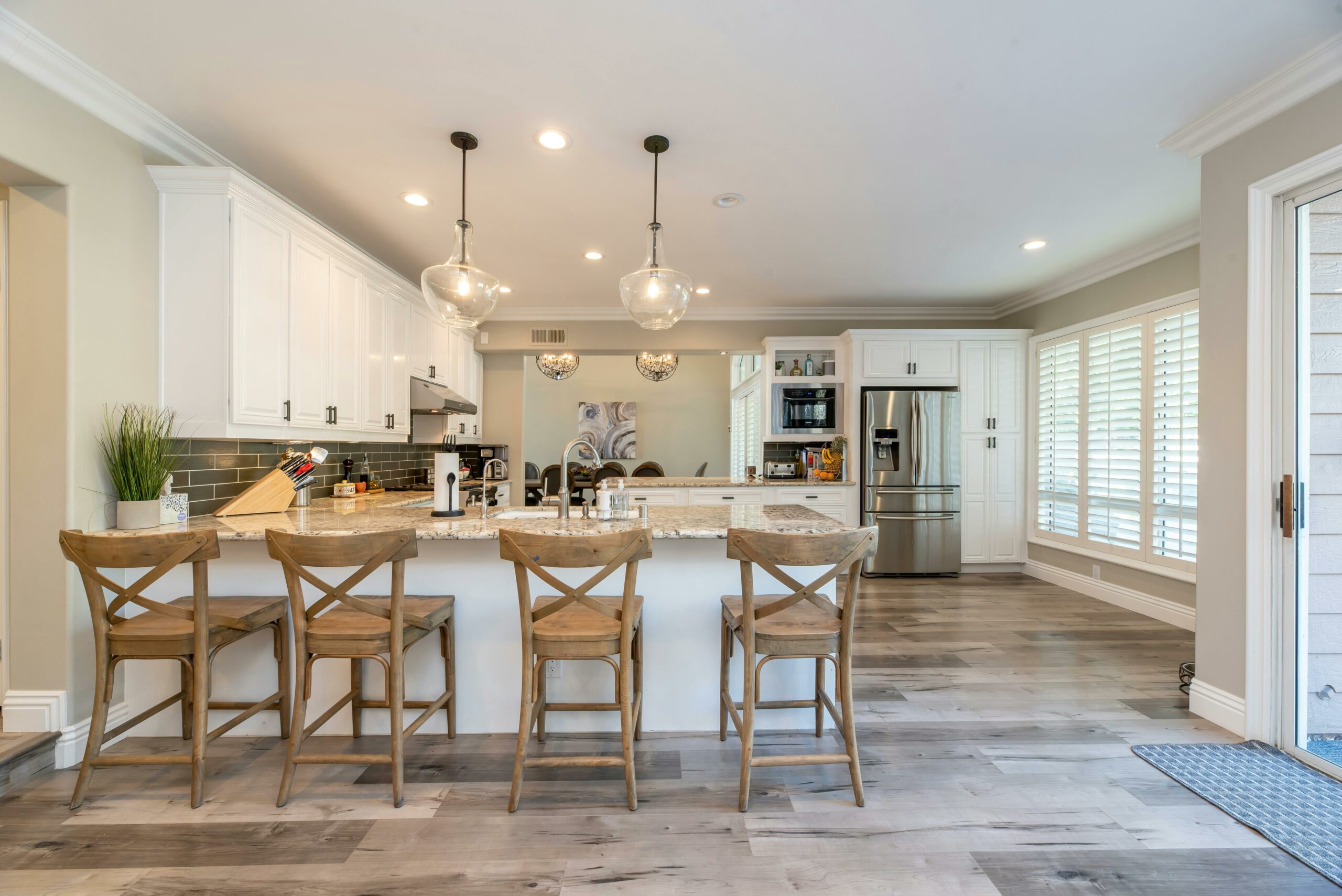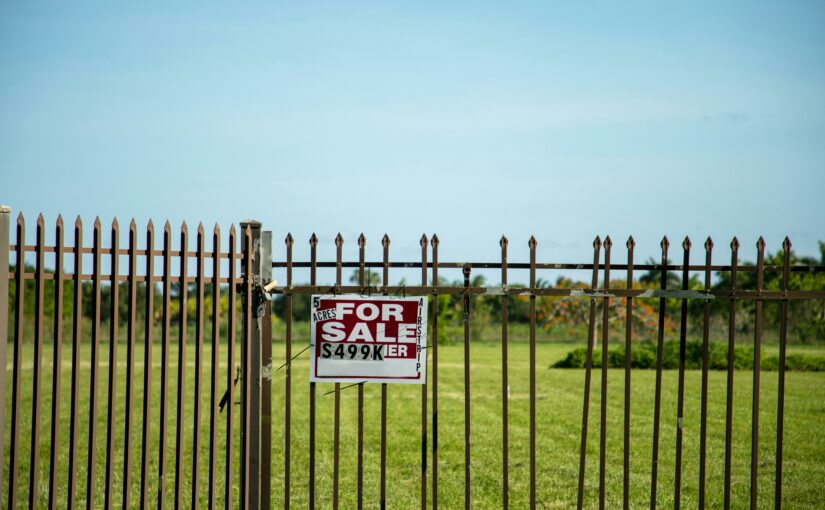Smoke damage is one of the most persistent and challenging consequences of a fire. Even after the flames are extinguished and the debris is cleared, the lingering effects of smoke can continue to compromise the integrity of a home and the health of its occupants. Smoke particles settle on surfaces, penetrate porous materials, and leave behind stains and odors that are difficult to remove. Effective restoration requires not only skill and strategy but also the right cleaning products. Choosing appropriate solutions is essential to ensure thorough cleaning, prevent further damage, and restore the property to a safe and livable condition.
Understanding the Nature of Smoke Residue
Before selecting cleaning products, it is important to understand the nature of smoke residue. Smoke is composed of microscopic particles and gases produced by incomplete combustion. These particles vary depending on the materials burned. For example, wood fires produce dry soot that is powdery and easier to clean, while synthetic materials like plastics and rubber generate oily soot that smears and clings to surfaces. Protein fires, common in kitchens, leave behind a nearly invisible residue that emits a strong odor and resists conventional cleaning methods. Each type of residue requires a tailored approach, and using the wrong product can worsen the damage or leave behind traces that continue to degrade surfaces over time.
The Importance of pH Balance in Cleaning Agents
One of the key considerations when choosing cleaning products for smoke damage is pH balance. Smoke residues are often acidic, which means they can corrode metals, degrade paint, and weaken building materials. Cleaning agents with a neutral or slightly alkaline pH are typically recommended to counteract this acidity. Alkaline cleaners are effective at breaking down oily soot and neutralizing corrosive particles. However, they must be used carefully, as overly alkaline solutions can damage delicate surfaces. Understanding the chemistry of both the residue and the cleaning product ensures that the treatment is effective without causing additional harm.
Choosing Products for Different Surfaces
Different surfaces in a home require different cleaning products. Non-porous surfaces such as tile, glass, and metal can often be cleaned with general-purpose degreasers or mild detergents. These products lift soot without penetrating the material, making them suitable for initial cleaning. Porous surfaces like drywall, wood, and fabric demand more specialized solutions. Chemical sponges, also known as dry cleaning sponges, are commonly used for walls and ceilings. These sponges are designed to absorb soot without smearing it, making them ideal for dry soot removal. For oily residues, solvent-based cleaners may be necessary to dissolve and lift the particles.
Upholstery and textiles require gentle yet effective products that can penetrate fibers without causing discoloration or damage. Enzyme-based cleaners are often used for protein residues, as they break down organic compounds and eliminate odors. Odor-neutralizing detergents are essential for laundering smoke-damaged clothing and linens. It is important to avoid bleach or ammonia-based products unless specifically recommended, as these can react with smoke residues and produce harmful fumes.
Products for Odor Elimination
Smoke odors are notoriously difficult to eliminate. They linger in fabrics, wood, insulation, and even paint. Masking the smell with air fresheners or surface sprays is ineffective and can lead to frustration. Professional-grade odor eliminators are designed to neutralize odor molecules rather than cover them up. Ozone generators release ozone gas that oxidizes odor-causing particles, effectively breaking them down. While highly effective, ozone treatment must be conducted with caution, as high concentrations can be harmful to humans and pets. Hydroxyl generators offer a safer alternative, producing reactive molecules that neutralize odors without the risks associated with ozone.
Thermal fogging is another technique that uses a deodorizing agent dispersed as a fine mist. This mist mimics the behavior of smoke, allowing it to penetrate the same areas and neutralize odors at their source. The choice of deodorizing product depends on the type of smoke and the materials affected. Restoration professionals like smoke damage cleaning services often rely on proprietary blends formulated for specific scenarios, ensuring that the treatment is both safe and effective.
Environmental and Health Considerations
When selecting cleaning products for smoke damage restoration, environmental and health considerations should not be overlooked. Many commercial cleaners contain volatile organic compounds (VOCs) that can contribute to indoor air pollution and pose health risks. Choosing low-VOC or eco-friendly products helps protect the health of occupants and restoration workers. Products should be non-toxic, biodegradable, and safe for use around children and pets. Reading labels and safety data sheets provides valuable information about the ingredients and potential hazards of each product.
Protective gear such as gloves, masks, and goggles should be used when handling cleaning agents, especially those that are solvent-based or chemically reactive. Proper ventilation is essential to disperse fumes and maintain air quality during the restoration process. Homeowners should consult with professionals to ensure that the products used are appropriate for their specific situation and do not pose unnecessary risks.
Conclusion
Smoke damage restoration is a complex process that hinges on the careful selection of cleaning products. Understanding the nature of smoke residue, the chemistry of cleaning agents, and the requirements of different surfaces is essential for effective treatment. Products must be chosen not only for their cleaning power but also for their safety, compatibility, and environmental impact. By selecting the right solutions and applying them with care, homeowners and restoration professionals can eliminate smoke damage, restore the property, and create a safe and healthy living space once again. For expert care and rapid recovery after fire or water damage, trust the certified professionals at NYCrestoration.com to bring your property back to life.









